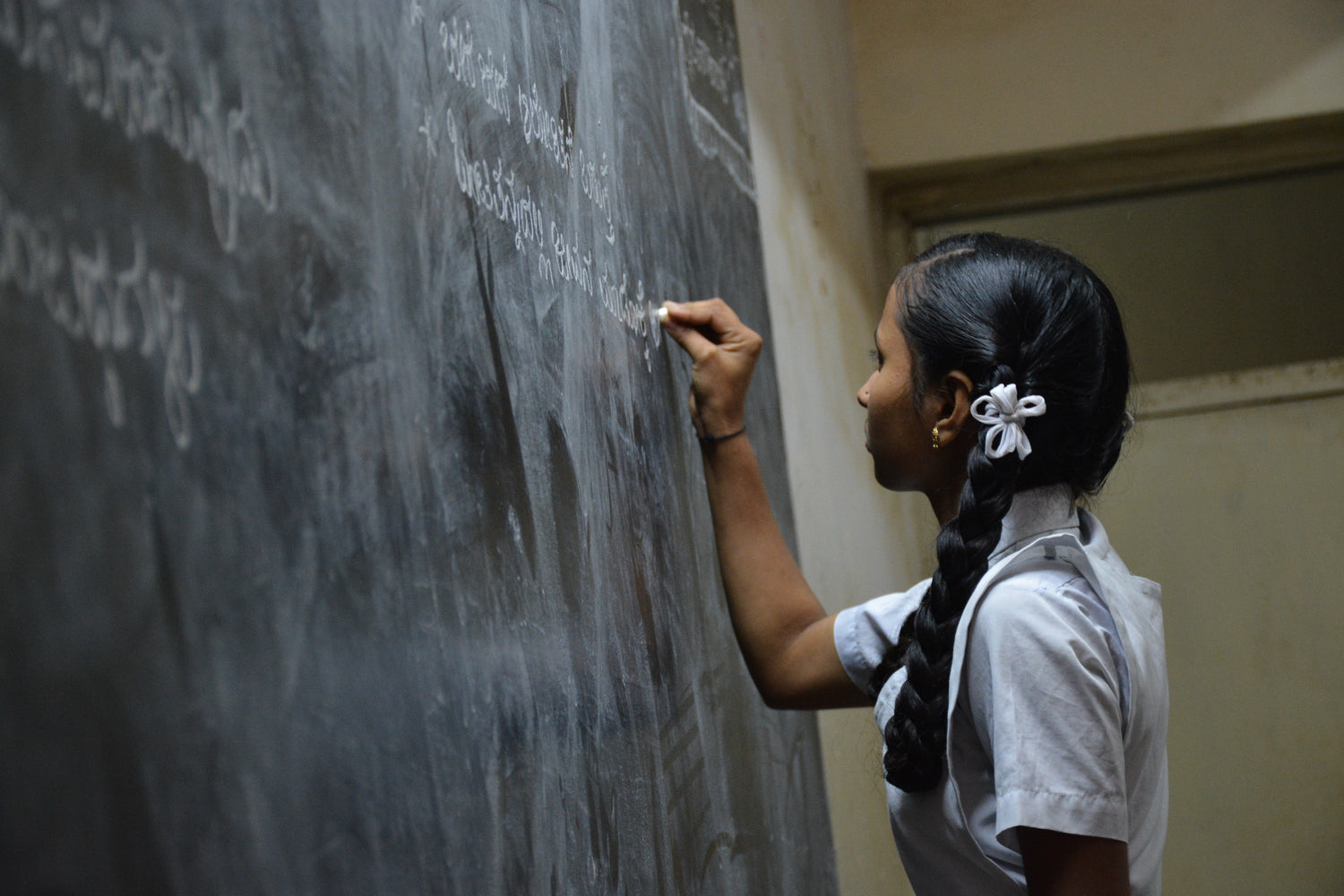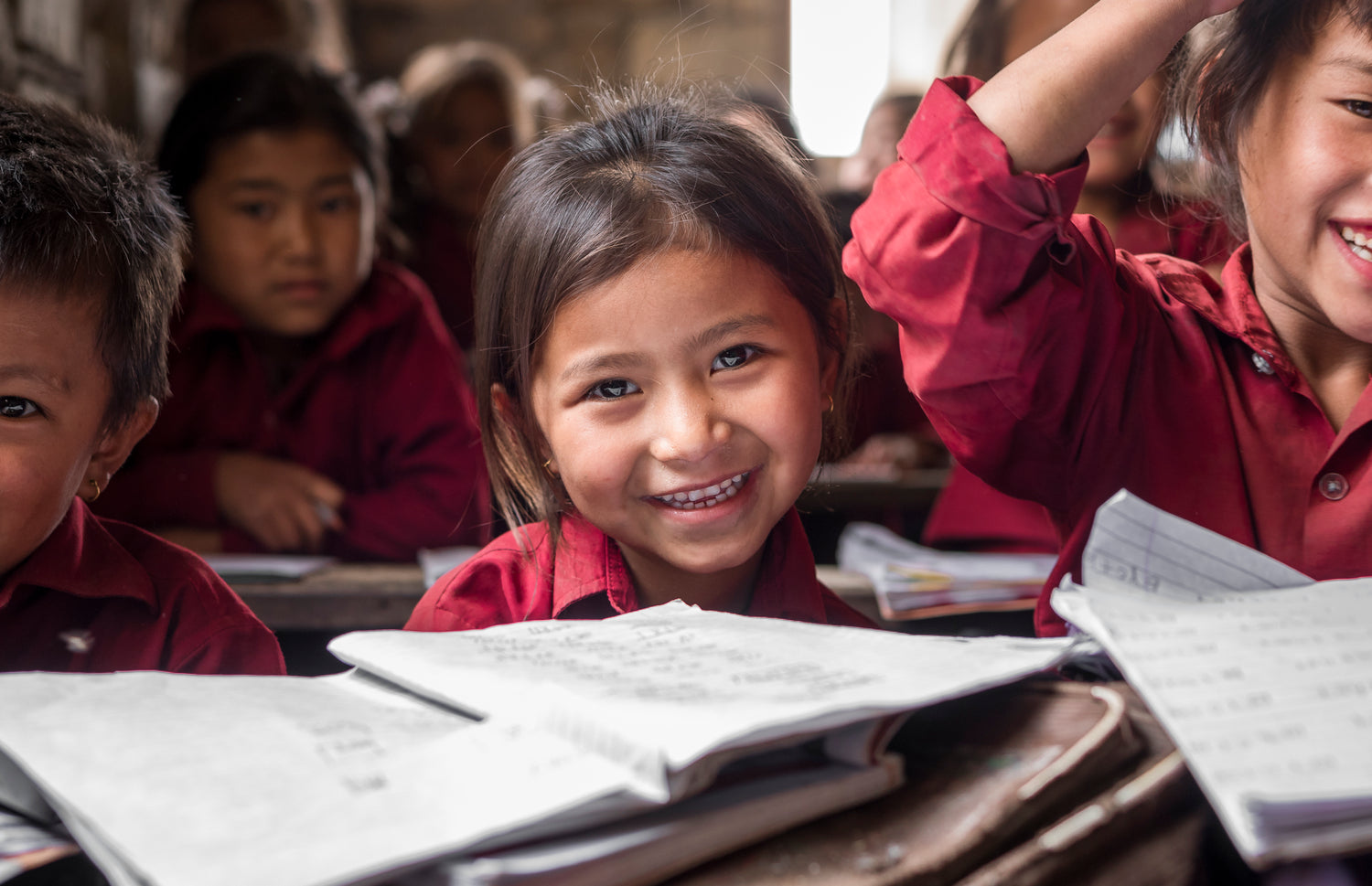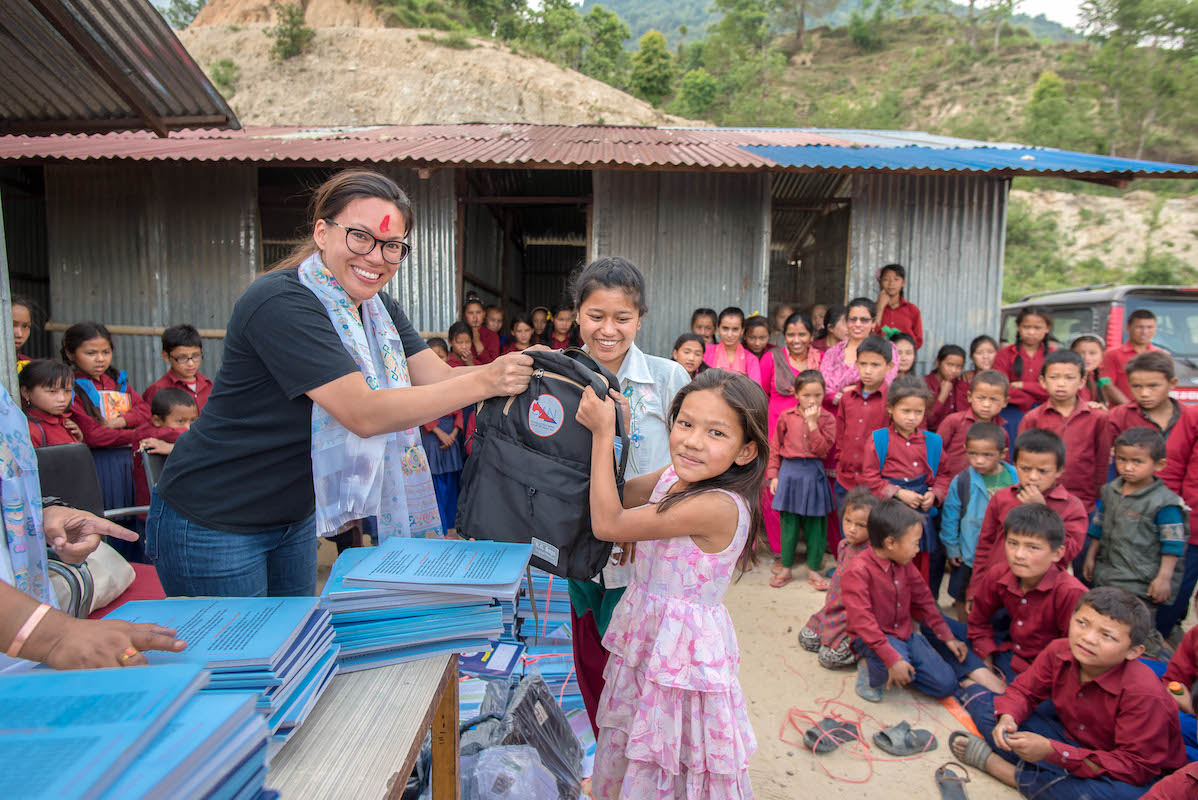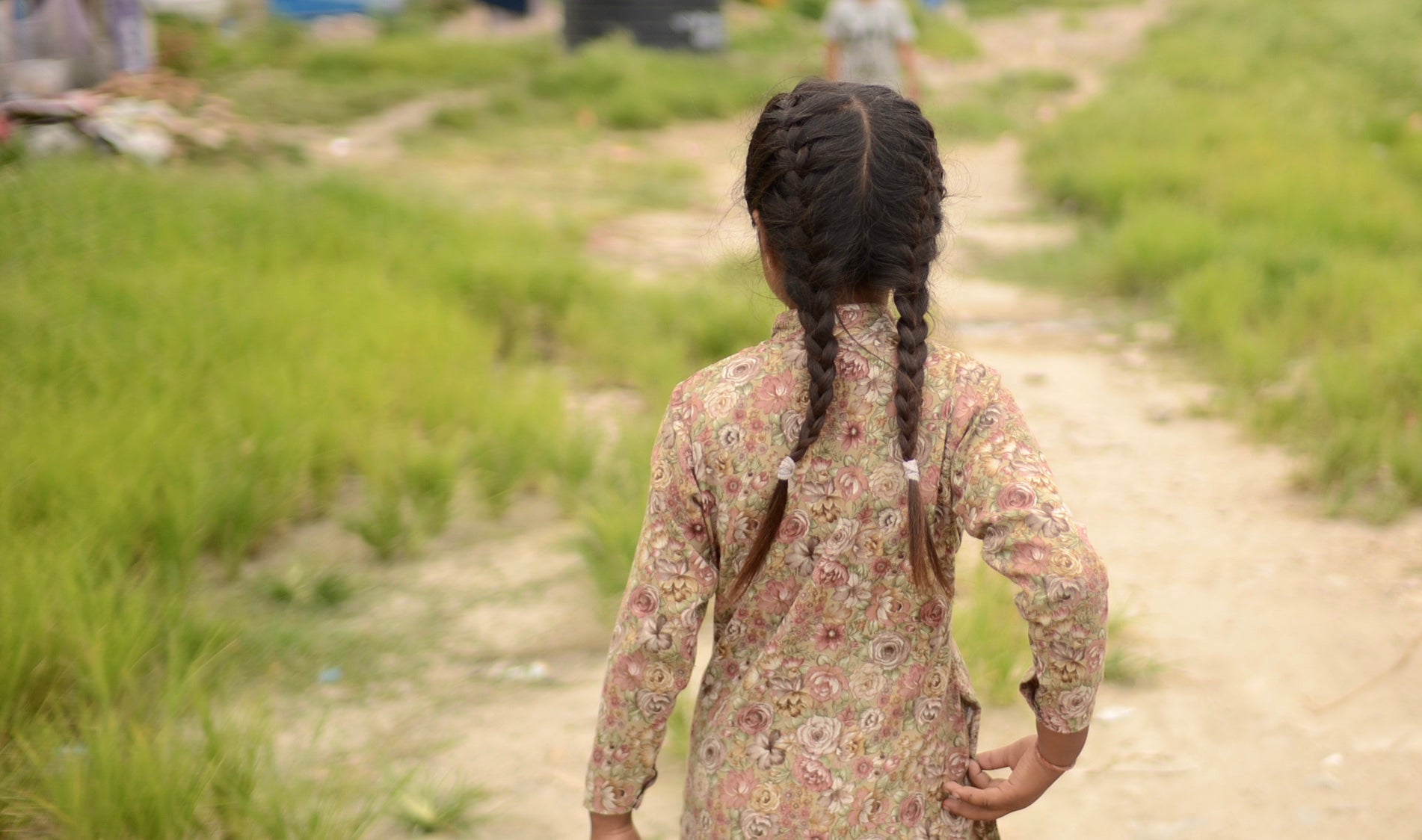Nature ingredients sope special effects for both efter using and soft and nice smells

Your Purchase, Their Future
With every purchase you make of a Bahini product, you automatically become a philanthropist supporting us in our mission of eradicating trafficking and helping survivors to live an independent life. We donate all our profit to educational scholarships with the hope of breaking the vicious cycle of gender inequality and empower young girls with a life in freedom. The scholarships range from pre-school to higher education, are applied on an individual basis and includes everything that is needed such as; fees, books, stationery materials, uniform and extra tuition for selected students.
Impact
The more products we sell, the more girls we can send to school. Our yearly expenses to keep Bahini up and running are steady and split between four different areas as can be seen in the diagram below. When our expenses are covered, the profit margin increases exponentially for each product we sell. And as we donate 100% of our profit, the number of girls who will go to school thanks to your purchase increases exponentially as well.

We wouldn't be anything without your support. Thanks to you we have, since our launch in late 2018, been able to give scholarships to young survivors and to girls at risk.




